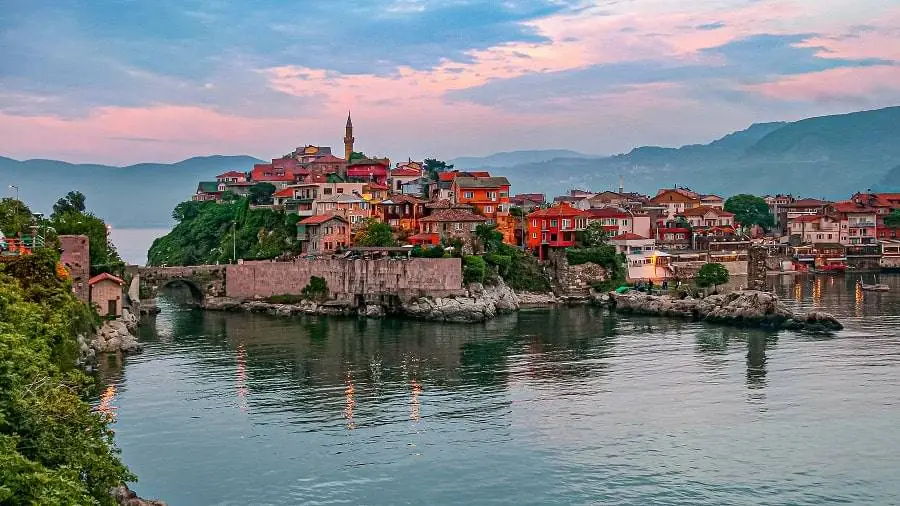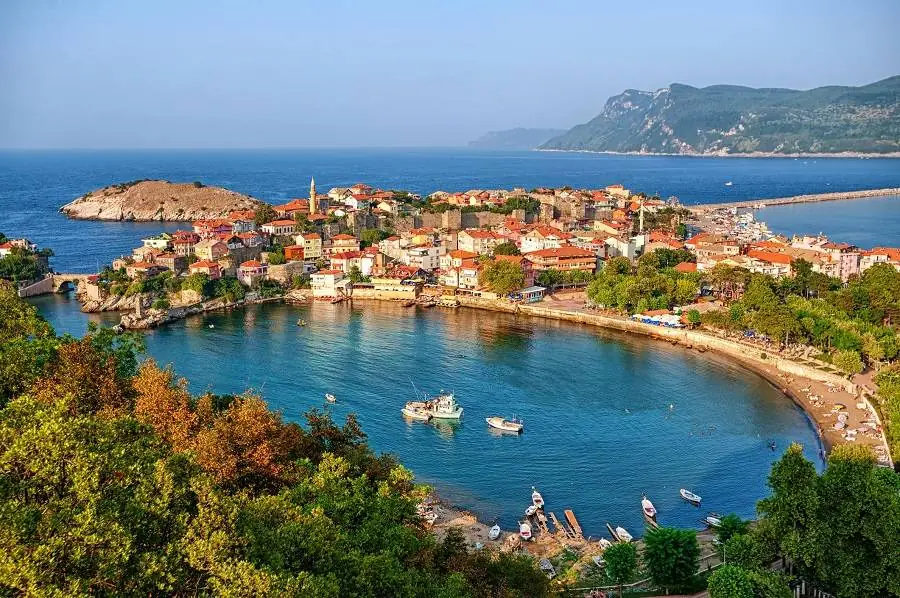Amasra is a charming fishing village located in Turkey’s Bartin province on the Black Sea shore. In addition, it is well known for its natural surroundings, sandy beaches, seafood, and distinctive regional salad. It has recently gained popularity as a tourism destination, particularly for Turkish nationals, who flock there to eat fish in numerous local restaurants, swim, go on daily boat trips, explore the town’s winding streets while enjoying a pleasant day, or buy wooden trinkets in the bazaar street.

According to Strabo and Pliny the Younger, the town’s previous name was Amastris. Homer refers to it as Sesamus or Cromna in the interim. It was situated in Paphlagonia, an ancient area. The town was governed by the Amazons, the Kingdom of Pontus, the Romans, and the Byzantines throughout history. In the 830s, the Rus sacked the town as part of the First Russo-Byzantine War. The Seljuks conquered Amasra in the thirteenth century. Up until 1460, when Ottoman Sultan Mehmed II conquered the entirety of Anatolian shores, the Genoese controlled the town and the sea commerce in the Black Sea.
There are two small islets in Amasra: Tavşan adasi and Büyük ada (Big Island). (Rabbit Island). There are some remains on Rabbit Island that are thought to be from a Byzantine church, but no formal scientific excavations have been done there yet. Visitors are not permitted on the island anyway.
♦ 6 Days Turkey Tour – Best Turkey Tour Package

Amasra Castle was constructed during the Roman era, but the Byzantine and Genoese cultures are reflected in the ramparts. A museum of archaeology houses artefacts from the Hellenistic, Roman, Byzantine, and Genoese eras, including amphoras, tomb steles, statues, weapons, and coins.
Following the Ottoman conquest of Amasra in 1460, the Fatih mosque was constructed from a Byzantine church belonging to the 9th century AD. There are three sections in the chapel narthex. Bird’s Rock Road Monument is located just outside the village and was built between AD 41 and AD 54 by Gaius Julius Aquila, who was then the governor of Bithynia.

